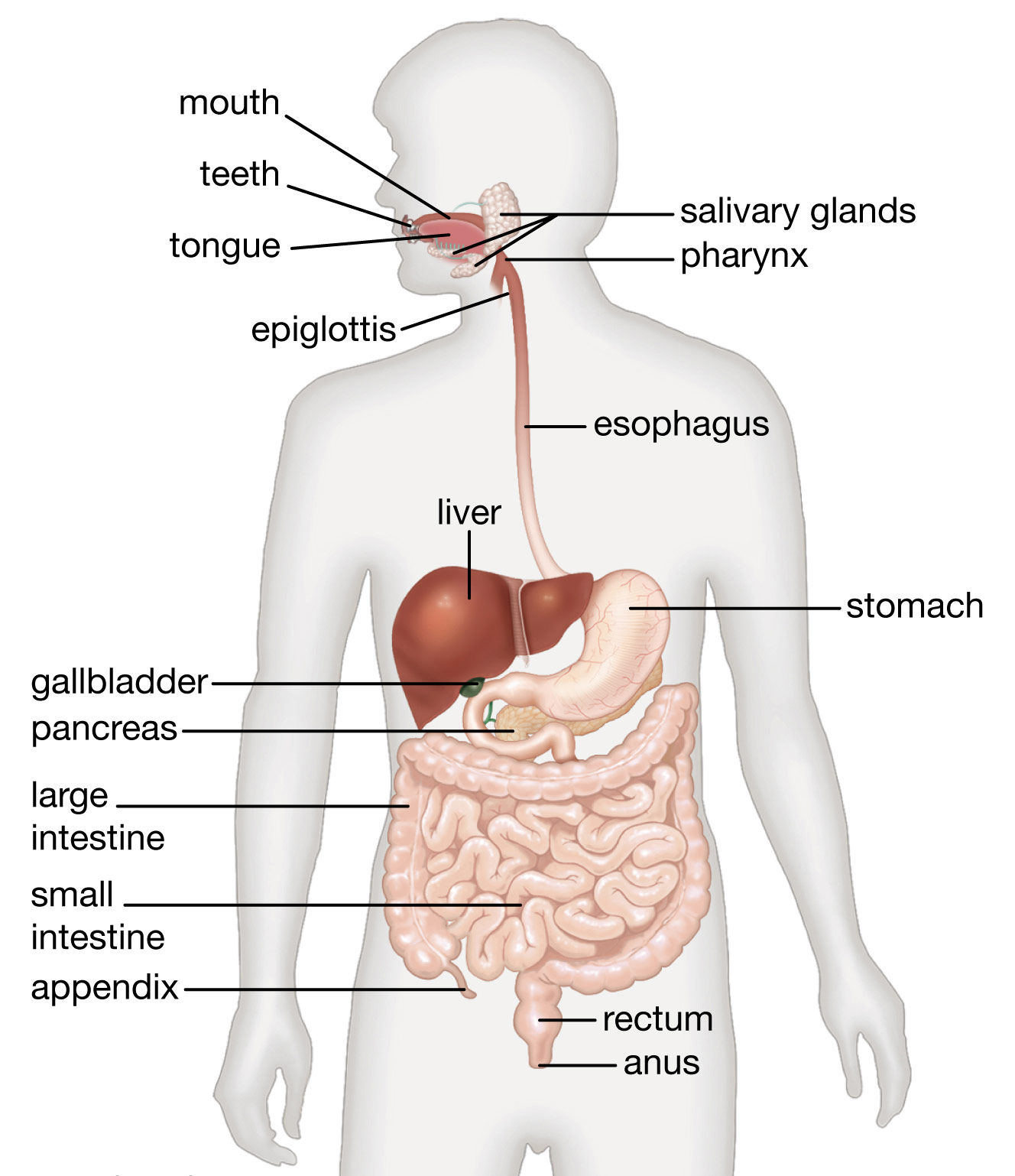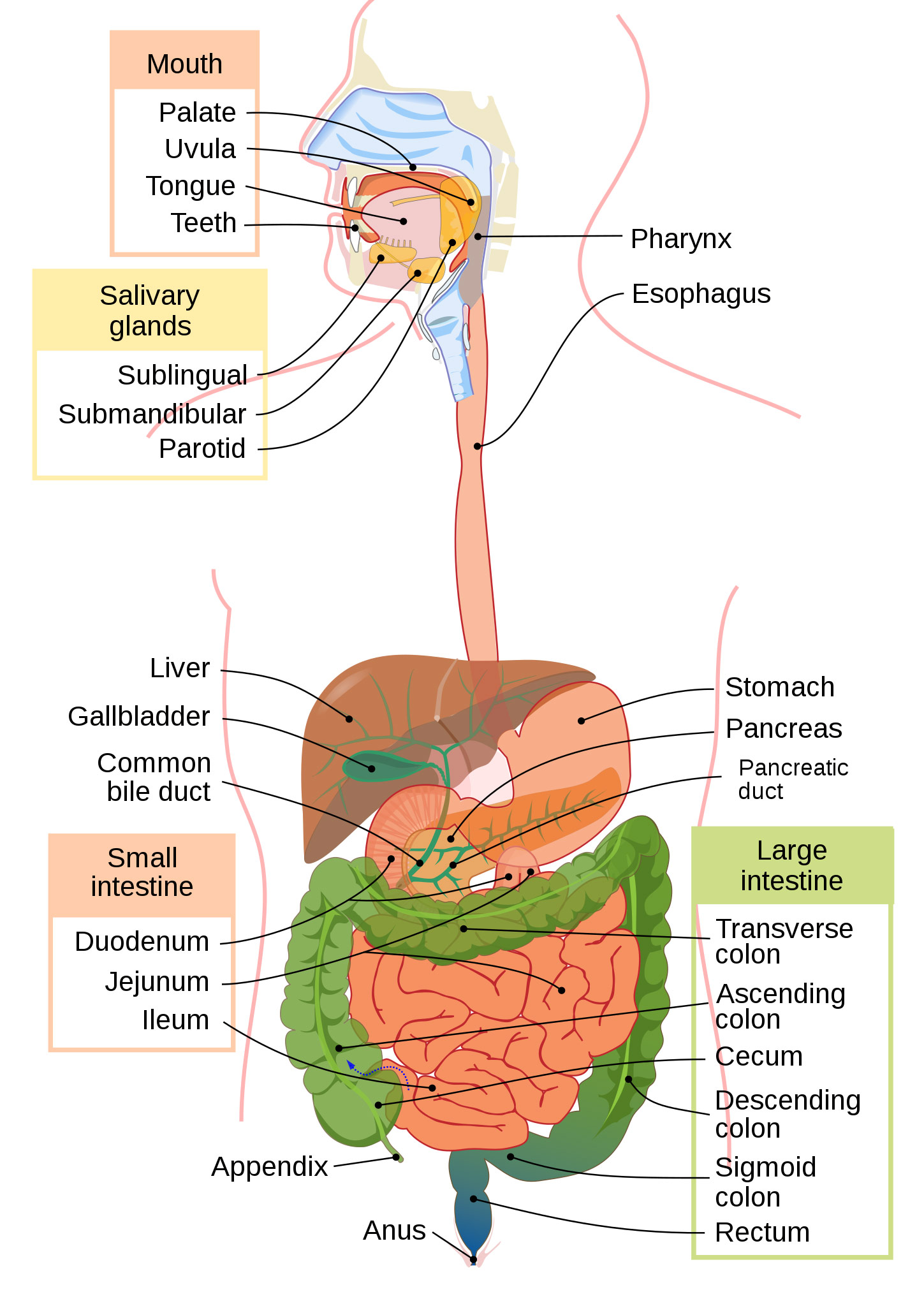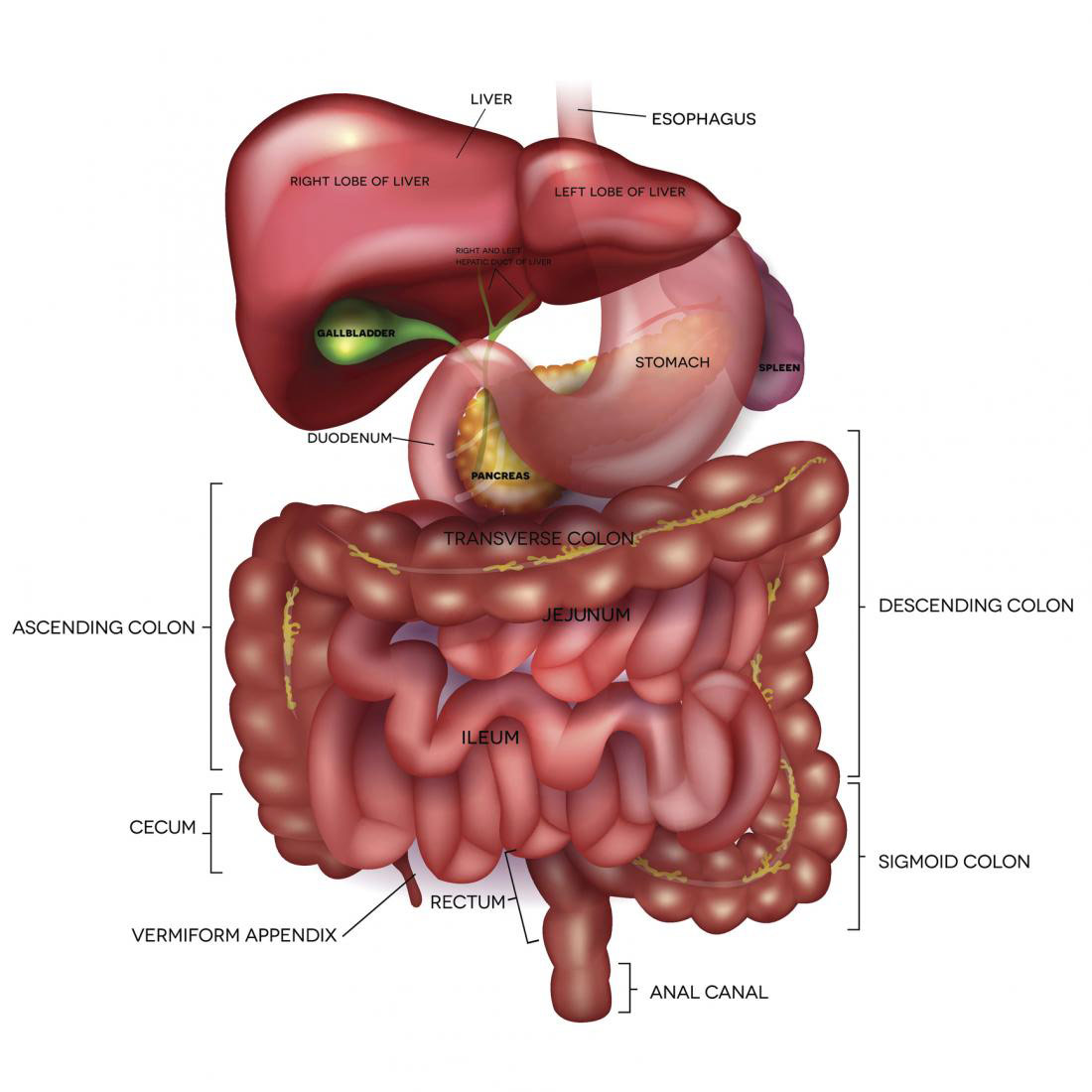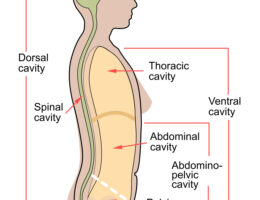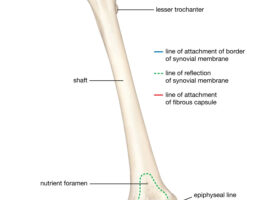The human digestive system is responsible for breaking down food and absorbing nutrients. A labeled diagram of the digestive system may include the following structures:
- Mouth: Food enters the mouth and is mechanically broken down by the teeth and tongue. Salivary glands produce saliva that contains enzymes to begin chemical digestion.
- Pharynx: The throat serves as a pathway for food and air.
- Esophagus: A muscular tube that transports food to the stomach through rhythmic contractions called peristalsis.
- Stomach: The stomach mixes and churns food with gastric juices, which contain enzymes and hydrochloric acid to break down proteins.
- Small intestine: The majority of nutrient absorption occurs in the small intestine, which is divided into three segments: the duodenum, jejunum, and ileum. The inner surface is lined with villi and microvilli to increase surface area for absorption.
- Large intestine: The large intestine absorbs water and electrolytes from undigested material, forming feces that are eliminated through the anus.
- Rectum: The final portion of the large intestine that stores feces until elimination.
Other structures that play a role in digestion but are not part of the digestive tract include the liver, which produces bile to emulsify fats, the gallbladder, which stores and releases bile, and the pancreas, which produces enzymes that aid in digestion.
